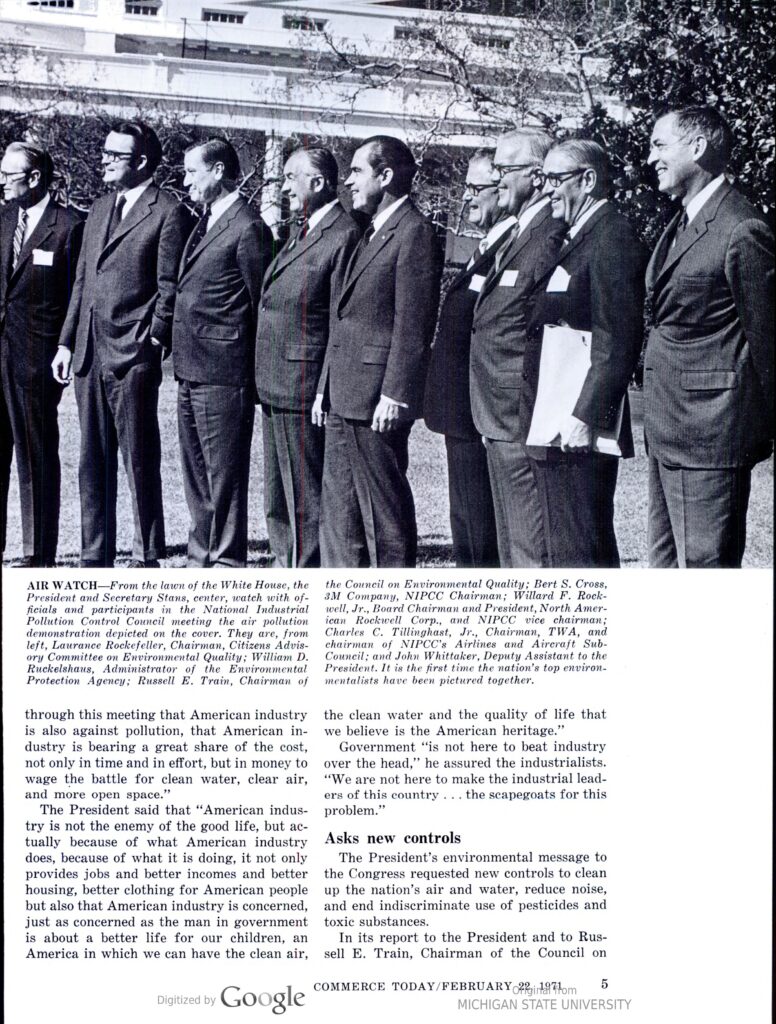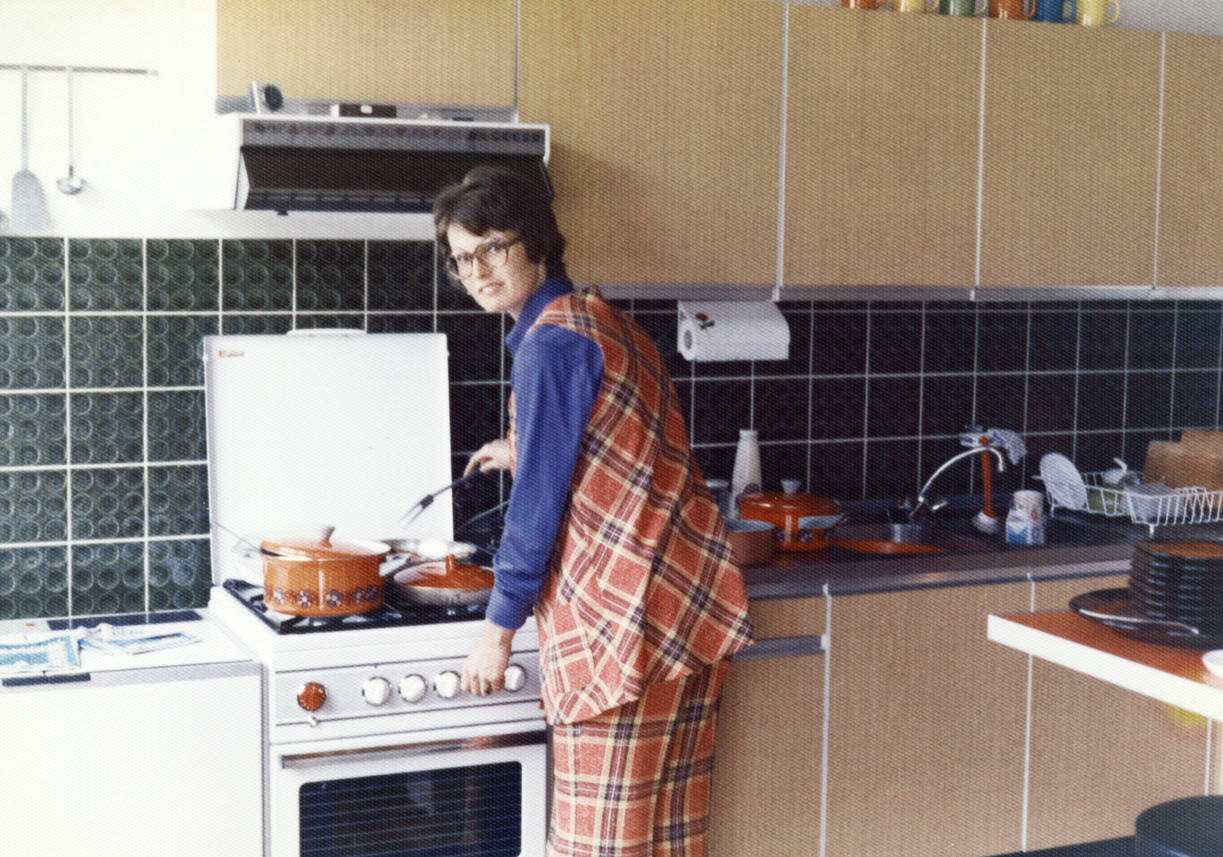At the end of December 2022, when Americans were getting ready to spend hours indoors with family and friends — often in their kitchens, preparing holiday meals on the stovetop — a new study reignited a decades-old debate. The peer-reviewed research by the environmental think tank RMI (formerly Rocky Mountain Institute), the University of Sydney, and the Albert Einstein College of Medicine estimated that “nearly 13 percent of childhood asthma cases in the United States can be linked to having a gas stove in the home.”
The backlash was swift and fierce. The American Gas Association (AGA) trade group called the findings “not substantiated by sound science,” and added that “any discussion” of a possible connection between asthma and the use of gas for cooking was “reckless.”
But this latest attempt to shut down discussion of the health impact of stoves is nothing new. It has been building for several years alongside revelations that AGA has used paid influencer campaigns to defend gas stoves and waged state-by-state, city-by-city lobbying offensives against initiatives to replace gas furnaces, water heaters, and stoves with electric-powered devices aimed at reducing pollution linked to climate change.
It’s less widely known that the gas industry has long sponsored its own research into the problem of indoor air pollution from gas stoves. Now, newly discovered documents reveal that the American Gas Association was studying the health and indoor pollution risks from gas stoves as far back as the early 1970s — that they knew much more, at a far earlier date, than has been previously documented.
More than 50 years ago, in 1972, AGA authored a draft report highlighting indoor air pollution concerns similar to those being raised by health experts and regulators today. In particular, this draft report examined what to do about problems related to the emission of carbon monoxide and nitrogen oxides (collectively referred to as NOx) from domestic gas appliances. This draft, recently discovered in the U.S. National Archives, would eventually become an official report published by the National Industrial Pollution Control Council (NIPCC), a long-forgotten government advisory council composed of the nation’s most powerful industrialists.
However, an entire section detailing those concerns, entitled “Indoor Air Quality Control,” vanished from the final report. With it went all the important evidence that the gas industry was not only conducting research into what the NIPCC called the “NOx problem” but also that it was actively testing technological solutions “for the purposes of limiting the levels of carbon monoxide and nitrogen oxides in household air.”
Instead, the final report argued gas’s sole drawback was its limited availability, “not its environmental impact.” It also lobbied for a massive expansion of U.S. domestic gas reserves and the rapid rollout of gas-based infrastructure, under the banner of replacing coal with gas to stem air pollution. As such, the report was part of a self-declared campaign by the gas and utilities industries to undermine King Coal’s grip on residential power, heating, and cooking and replace it with so-called “clean” gas-fired electricity plants. Accurately highlighting coal’s polluting nature, the published report glossed over gas’s own pollution problems, which were an area of emerging research at the time.
Gas stoves emit an array of air pollutants, including nitrogen oxides (nitric oxide and nitrogen dioxide), carbon monoxide, and particulate matter when in use. New research shows that they also leak methane, a powerful greenhouse gas, and benzene, a known human carcinogen, even when turned off. In terms of health impacts, multiple studies have associated nitrogen dioxide (NO2) exposure from gas stoves with heightened and more frequent respiratory problems and cardiovascular issues as well as an increased risk of childhood asthma.
Prior to the 1970s, research on laboratory animals had already linked NO2 exposure with greater susceptibility to respiratory infection, while high exposures had been found to cause pulmonary edema and death. In 1970, a study by the government’s National Air Pollution Control Administration found that increases in respiratory illnesses in Tennessee schoolchildren could be attributed to higher than normal outdoor NO2 exposure. Concerned over the implications of the study, the gas industry began its own research into indoor air pollution, specifically “to examine the gas range in more detail.”
When contacted for comment, the American Gas Association did not dispute the gas industry’s history and motivations of studying the indoor air pollution potential of gas appliances in the early 1970s. In a statement to DeSmog, AGA CEO Karen Harbert said, “AGA supported a 1982 review of the available research that found no causative link between gas stoves and asthma, a conclusion shared by regulatory agencies.”
Harbert reiterated earlier AGA statements questioning the conclusions of recent studies related to the health impacts of gas stoves.
Gas Companies Go to Washington
On January 6, 1972, a copy of the American Gas Association’s draft report, provisionally titled “Energy and the Environment: A Crisis. Natural Gas: A Solution,” was submitted to a federal official for initial review at the request of the NIPCC.
Established by President Richard Nixon through an April 1970 Executive Order, the NIPCC was an external advisory council which reported to the President and the White House Council on Environmental Quality via the Secretary of Commerce. It was composed of 200 of the nation’s top-tier business executives under the guise of assisting the government’s new anti-pollution efforts.
In practice, however, it provided the country’s biggest polluters with a privileged channel of access and influence over government policy as well as a valuable launchpad for public relations campaigns. Industry cooperation with government in areas of research and policy-making was common in the decades prior to the 1970s, but the NIPCC represented a new pinnacle in corporate-government collaboration. Public interest campaigner Ralph Nader called the NIPCC “a Who’s Who of American polluters.”

The NIPCC included an eight-member Utilities Sub-Council that counted the CEOs and presidents of major gas and electric companies among its ranks. Two years before AGA prepared its draft report, records show that these industry leaders had gathered at a Sub-Council meeting to discuss how to manage air pollution concerns. Minutes from the September 28, 1970 meeting, found in the National Archives, reveal that they agreed that “the need for industry to show what they are doing about pollution is pressing. It was suggested that the gas industry take a look at the NOx problem.”
And, according to AGA’s 1972 draft report, this is precisely what the gas industry did. “Of continuing interest to gas industry research has been the need to control the indoor environment in both industry and the home,” states the draft. “In recognition of this need to develop techniques for the maintenance of pollution-free indoor environment for the individual, projects are now underway to conceive, design, construct, and evaluate prototype devices to be used in conjunction with conventional residential heating and cooling systems for the purposes of limiting the levels of carbon monoxide and nitrogen oxides in household air.” (emphasis added)
This draft wasn’t sent unsolicited; led by their chairman, President of Pacific Gas & Electric, Shermer Sibley, the top-ranking business leaders of the NIPCC Utilities Sub-Council requested that AGA produce a paper describing the gas industry’s environmental position in preparation for an NIPCC report. The draft was an early version of what would eventually become an official report of the NIPCC’s Utilities Sub-Council, published in August 1972 and titled “The Natural Gas Industry and The Environment.”
While the final published version retained the draft’s general portrayal of gas as the “cleanest burning of fuels” and rallied around massive expansion of the gas industry, the section devoted to “Indoor Air Quality Control”was removed by the NIPCC’s Utilities Sub-Council.
Test Homes and Technofixes
The AGA draft also reveals that in the years prior to 1972, the gas industry had been using “test homes” to conduct research into indoor air pollution levels:“Environmental control data collected in the last few years at test homes in Canton, Ohio are being used to define relationships between outdoor and indoor pollution levels.”
Specially constructed research houses would be used routinely by the industry in the 1980s. By 1984, AGA had opened at least one “Gas Appliance Research and Demonstration House” and by 1989 the industry-sponsored Gas Research Institute (GRI) was operating both a “Conventional Research House” in Chicago, Illinois, and a “Contemporary Research House” in Gaithersburg, Maryland.
However, it’s unclear whether the early Ohio “test homes” referenced in 1972 were real homes occupied by real people or had been specially constructed by the industry for the purpose of carrying out research. Also unknown are full details of what was being measured in these homes — what data did the industry collect? And what were the industry’s findings on the relationships between outdoor and indoor pollution levels?
“We are unaware of any AGA historical records regarding testing or test homes in Canton, Ohio in 1972,” AGA’s Harbert told DeSmog.
Although the 1972 AGA draft report provides a tantalizing glimpse into what the industry might have known about the dangers of air pollution caused by gas stoves, these are among the many questions that remain unanswered.
Nevertheless, what is clear from the 1972 AGA draft and two other newly-discovered documents — an AGA paper and a GRI document both from 1981 — is that the industry was actively studying ways to address “the NOx problem” in the early 1970s.
These documents also indicate that the industry was particularly interested in two possible solutions to the indoor air pollution caused by gas: venting systems and range-tops that were designed to emit fewer nitrogen oxides.
Part of AGA’s attempt to boost opportunities for residential gas markets, the draft report details the perceived pollution benefits of using gas to power every aspect of American homes. Nevertheless, it simultaneously acknowledges that the industry would need to undergo significant changes in “gas distribution, utilization, and venting systems” to fit with the better insulated (and therefore draft-free) modern housing of the 1970s that allowed pollutants to build up inside the home.
The theoretical solution to this, according to the draft, was properly designed and operated exhaust systems that could prevent harmful levels of nitrogen oxides and other indoor air pollutants and keep gas-powered appliances “within pollution limits.”
These pollution limits, however, would have been based on outdoor limits. Although the EPA is authorized to regulate outdoor levels of NO2 under the 1970 Clean Air Act Amendments, regulation stops at the doorway. To date, no indoor regulation of NO2 exists. And due to inadequate or non-existent ventilation, indoor NO2 is often higher than the EPA’s guidelines for outdoor air pollution.
While the gas industry’s draft report devotes a full page to the issues of indoor air control, none of the references to nitrogen oxides, the industry’s test homes, indoor pollution levels, or venting systems were included in the final NIPCC report — the version circulated to government officials and available to the public.
And yet, venting, which has the capability to significantly reduce NO2 levels if adequately installed and properly used, was not a new concept. A 1978 EPA analysis of indoor air pollution states that vented gas ovens and stoves had been produced in the United States as early as the 1930s. According to the EPA, standards set up by the American National Standards Institute (ANSI) and AGA had required manufacturers to make vented stoves available if they were so requested by customers. The EPA authors, who identified gas cooking appliances as “major contributors” to indoor air pollutants, reported that this standard was dropped around 1950 due to “economics and consumer demand.”
“Proper ventilation is a common recommendation by health agencies, expert studies, and manufacturers of cooking appliances,” said AGA’s Harbert.
Venting systems weren’t the only technofix the industry had in mind. Recent coverage by NPR has revealed that by 1984 the gas industry had developed a cleaner and more efficient infrared gas burner emitting 40 percent less NO2— which it never manufactured for sale. But the 1981 GRI document shows that in fact AGA had begun working on emissions-reducing range designs significantly earlier. It states that a 1975 American Gas Association Laboratories paper — which is not currently available for review — updated AGA laboratory work on emission measurements from natural gas–fired appliances and discussed “a prototype range top that reduces NOx emissions.”
Selling Gas to the Public
The gas and utilities industries were eager to present gas as a less-polluting option than other power sources. A 1972 AGA ad announced, “More natural gas can give us a cleaner world.” “Pollution authorities agree that gas burns cleaner,” AGA declared in the ad, “with no sulfur and virtually no emissions.” It did not, however, mention gas’s own pollution problems.
Neither did another AGA advertisement from 1972, which showed a group of toddlers playing happily alongside the caption: “Gas. Clean energy for today and tomorrow.” One of the toddlers stands taller than the rest beneath AGA’s assurance that gas is “Good for growing things” and its advice that householders should contact their “heating contractor” or “local gas company.”
In keeping with AGA’s framing of gas as “clean energy,” both the AGA draft and the NIPCC final report contain a carefully selected statement from the first EPA head, William Ruckelshaus, in which he described the various environmental problems associated with different energy sources: “Nuclear reactors give off radiation, coal produces sulfur dioxide … and natural gas is in short supply.”
While both the draft and the final report feature this statement from the EPA head as proof of gas’s supposedly clean-burning credentials, the draft version — but not the final report — also acknowledges the statement’s usefulness as a selling point for the fuel: “Such a statement characterizes the major limitation of natural gas as a fuel in combating pollution as one of supply and not in terms of any adverse environmental impact.”
Approved by the Utilities Sub-Council, the NIPCC published its report, newly-titled “The Natural Gas Industry and The Environment,” as a glossy brochure, complete with a quote from President Nixon on the inside cover along with a signed letter from the NIPCC’s chairman to the Secretary of Commerce. Following publication, the report would have been presented to the Secretary of Commerce who was required by Executive Order to send it to the Council for Environmental Quality (CEQ) and the Executive Office of the President. At the NIPCC’s discretion it would also have been sent to “others as appropriate” at “federal, state and local agencies.” In February of 1972, a month after AGA submitted its draft, the head of the CEQ, Russell Train, assured the NIPCC that its reports were “read at every level.” Like all NIPCC reports it was also available, via the Government Publishing Office, to business leaders, the press, and the general public.
This high-level pomp and ceremony gave an official veneer to what was essentially an industry-sanctioned PR opportunity — which concerned some in government. In Senate Hearings on Advisory Committees in June of 1971, Sen. Lee Metcalf (D-MT) challenged the NIPCC’s Executive Secretary, Water Hamilton — a Commerce Department official — over the fact that such NIPCC reports appeared to be official government documents. “How is an ordinary citizen to know,” asked Metcalf, that it is “not a document of the Department of Commerce?”
When Hamilton pointed to a disclaimer printed on the first page of all NIPCC reports, Metcalf remained unconvinced, describing it as “the most flagrant example of a disclaimer by small print that I have ever run into.”
Yet even the most sharp-eyed reader of “The Natural Gas Industry and The Environment” would have failed to find any information on indoor air quality within its pages.
However, while the industry executives on the Sub-Council may have removed all references to gas’s “NOx problem” from their final report, the problem wouldn’t stay hidden forever. That same year an EPA study, testing indoor nitrogen dioxide emissions from gas stoves, identified concentrations that were twenty times higher than the outdoor limit. And, the following year, in January 1973, EPA scientists published the first study linking respiratory illness to nitrogen dioxide exposure from the use of gas stoves in homes.
Over the coming decades, mounting evidence would continue to link nitrogen dioxide emissions from gas stoves with higher incidences of respiratory illness and cardiovascular problems. Denying this association, the gas industry would fight back — just as it is doing today.
Subscribe to our newsletter
Stay up to date with DeSmog news and alerts







